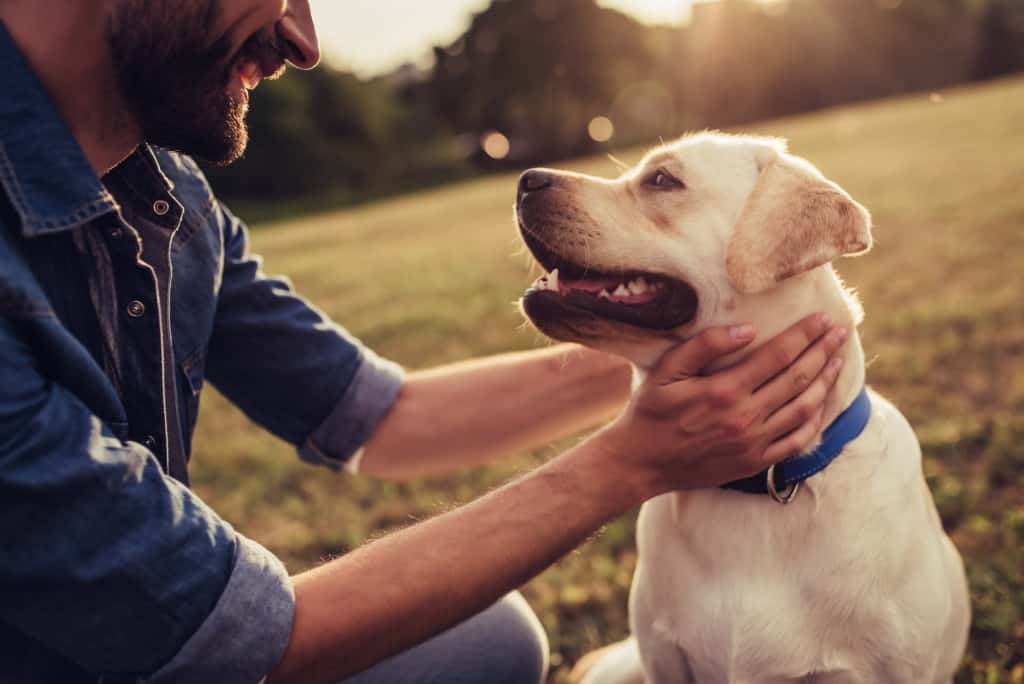Labrador Retrievers are renowned for their natural retrieving instincts, making them excellent hunting companions and beloved family pets. However, even with their innate abilities, proper training is essential to unlock their full potential and ensure they become reliable retrievers.
Understanding the Importance of Retrieve Training
Retrieve training is more than just a fun activity; it builds a strong bond between you and your Labrador, enhances their mental stimulation, and can even be beneficial for their physical health. A well-trained retriever will eagerly fetch objects, follow your commands, and deliver the retrieved item gently to your hand.
Key Steps for Effective Retrieve Training
- Start Early and Keep It Positive: Begin training your Labrador Retriever as early as possible, ideally when they are a puppy. Utilize positive reinforcement techniques, such as praise, treats, and toys, to reward desired behaviors. Avoid punishment or harsh methods, as these can damage your dog’s trust and willingness to learn.
- Introduce the “Hold” Command: Before your dog can retrieve, they need to learn to hold objects gently in their mouth. Start with a soft toy or bumper, encourage them to take it, and then use the “hold” command. Reward them for holding the object without chewing or dropping it.
- Develop the “Fetch” Command: Once your dog masters the “hold” command, introduce the “fetch” command. Toss a toy or bumper a short distance away, use the “fetch” command, and encourage your dog to retrieve it. Reward them lavishly when they bring the object back to you.
- Increase Distance and Difficulty: Gradually increase the distance of your throws as your dog becomes more proficient. Introduce distractions, such as other people or dogs, to challenge their focus. Vary the objects you use for retrieval to keep the training sessions engaging and prevent boredom.
- Introduce the “Give” Command: Teach your dog the “give” command to ensure they willingly release the retrieved object to your hand. Hold a treat close to their nose while using the “give” command. As they release the object, reward them immediately.
- Advanced Retrieve Training: For experienced retrievers, consider introducing advanced techniques, such as blind retrieves, multiple retrieves, and retrieving on different terrains (water, land, etc.). These challenges will further refine their skills and make them even more versatile.

Additional Tips for Successful Retrieve Training:
- Use a variety of toys and bumpers: This will keep your dog engaged and prevent them from getting bored with the same object.
- Keep training sessions short and frequent: Short, focused sessions are more effective than long, drawn-out ones.
- Be patient and consistent: Training takes time and effort, so be patient with your dog and stick to a consistent training routine.
- Make it fun: Incorporate games and playtime into your training sessions to keep your dog motivated and enthusiastic.
- Consult a professional trainer: If you encounter difficulties or want to explore advanced training techniques, seek guidance from a certified dog trainer.
The Joy of a Well-Trained Retriever
Mastering the retrieve is a rewarding journey for both you and your Labrador Retriever. It strengthens your bond, enhances their skills, and provides them with a sense of purpose. With patience, positive reinforcement, and consistent practice, you can transform your Labrador into a reliable and enthusiastic retriever, ready to embark on countless adventures by your side.
Final Words
Remember, every Labrador is unique, so tailor your training approach to your dog’s individual personality and learning style. With dedication and positive reinforcement, you’ll unlock the full potential of your Labrador Retriever’s retrieving abilities, strengthening your bond and creating a lifetime of joyful memories together. Happy training!



